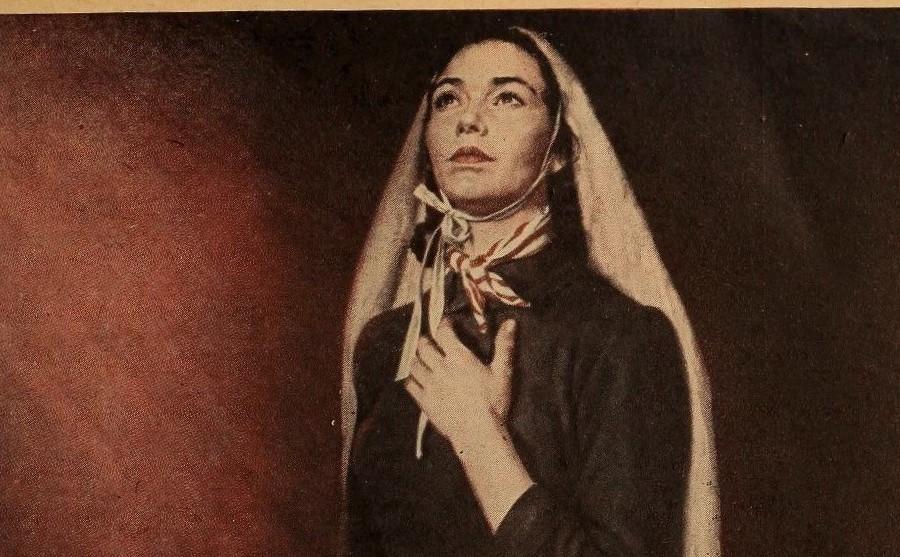Commentary
The 2023 Golden Globes was recently broadcast from Beverly Hills on NBC. The award ceremony was back for its 80th anniversary after a year of absence from television because of its members’ controversial lack of diversity. If you’ve stopped watching award shows and following current Hollywood news, I can’t blame you. Hollywood hasn’t had anything good or positive to contribute to society for many years, but this wasn’t always the case.





